
Monuments
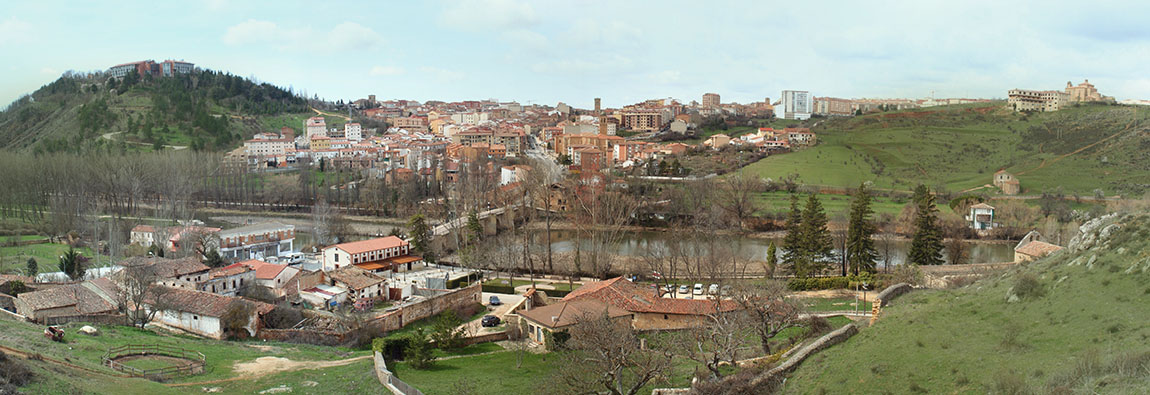
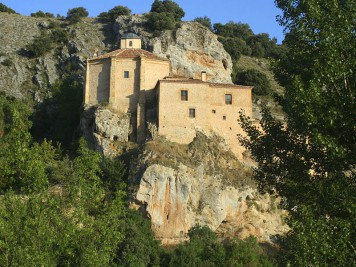
HERMITAGE OF SAN SATURIO
Tradition says that on the 6th century the sorian noble Saturio, after the decease of his parents, shared his wealth out with the poor and moved to some caves next to river Duero.
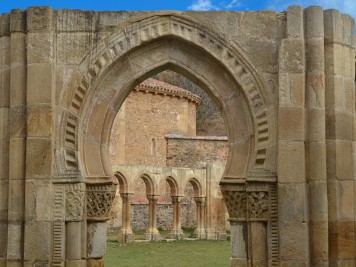
CLOISTER OF SAN JUAN DE DUERO
Crossing River Duero on the Medieval Bridge, we arrive at its left bank, to a special place where the hospital Order of San Juan de Duero settled. Declared National Monument in 1882.
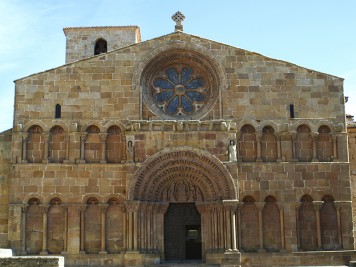
CHURCH OF SANTO DOMINGO
It is difficult to prove its origin but it has been historically said that at the beginning of the XII century a modest Romanesque church was erected in this place, from which only the tower is conserved, honouring Santo Tomé.
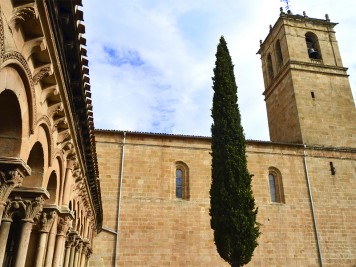
CO-CATHEDRAL AND SAINT PETER CLOISTER
Romanesque and Gothic coexist in the same building and are only divided by a door that connects the Gothic temple with the Romanesque cloister, the big jewel of the ensemble, declared National monument in 1929.
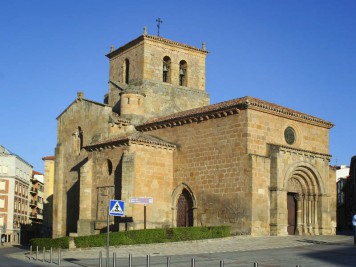
CHURCH OF SAN JUAN DE RABANERA
National Monument since 1929. It owes its name to the village of origin of the people (Rabanera del Campo) that between 1109 and 1119 settled in and repopulated the city, according to Alfonso X "the Wise" census.
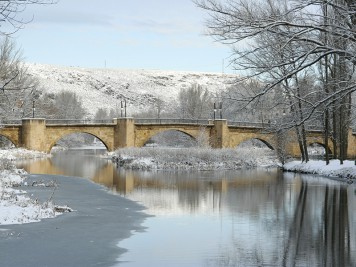
MEDIEVAL BRIDGE ACROSS RIVER DUERO
The part of the city touching the banks of the river act as the way to the kingdoms of Navarra and Aragón, that is why it was necessary to build a bridge to ease communication.
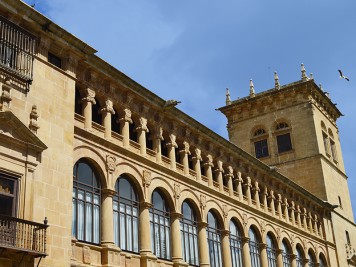
PALACE OF LOS CONDES DE GÓMARA
When the foreigner arrives in Soria from Aragon, when crossing the crossroads that goes to San Polo and San Saturio, he discovers de monumental tower of the Palace that lets you guess the fertility of the heritage Soria has.
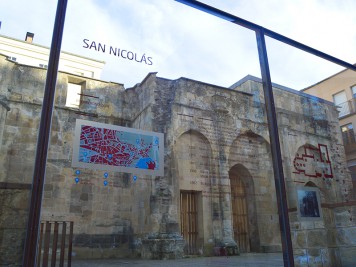
RUINS OF THE CHURCH OF SAN NICOLAS
It was a Romanesque temple, in the heart of the old city, built in the 12th and 13th century, very similar to San Juan de Rabanera and with Silos charachter.
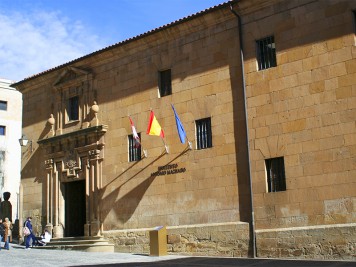
ANTONIO MACHADO HIGH SCHOOL
The cloister still reminds us of the distribution of a monastery and preserves just as it was then the classroom where Machado used to teach, who arrived in Soria in 1907 at the age of 32 to take up his Chair of French.
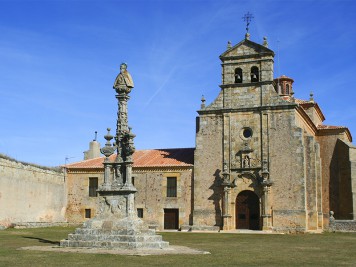
HERMITAGE OF EL MIRÓN AND THE FOUR WINDS VIEW CALLED "DE LOS CUATRO VIENTOS"
Located in a hill, el Mirón Hill, in front of the Castle and next to the Medieval wall, an excellent place to start a route into the historic and literary Soria.
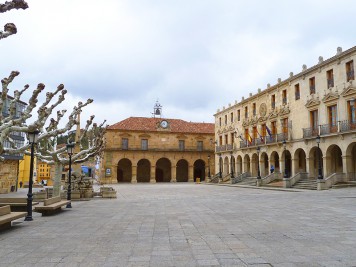
MAIN SQUARE
Palace of La Audiencia, The House of the Twelve Lineages, The House of the Commons, Th Lions' Fountain, The Palace of Doña Urraca and the house next to the City Council.
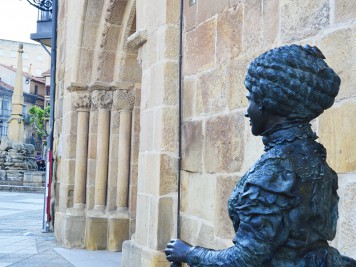
CHURCH OF NTRA. SEÑORA DE LA MAYOR
Located in the Main Square and built above the Romanesque church of San Gil of the 7th century of which the portal, apse chapels, sepulchre and part of the tower are conserved today.
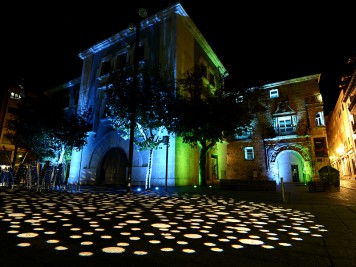
PALACE OF LOS RÍO AND SALCEDO
Renaissance Palace of the 16th century, commisioned in 1,549 by Alonso del Río y Salcedo, member of an important family and of great influence in the city during the Middle Ages.
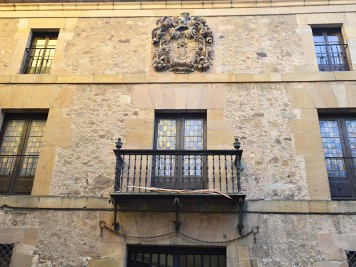
NOBLE PALACES
Aduana Vieja Street: Palace of Los Castejones, Palace of Don Diego Solier and Palace of Vizconde de Eza or los San Clemente.
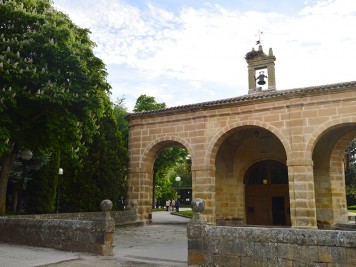
HERMITAGE OF LA SOLEDAD
Located in the lower part of the Cervantes Park, next to the Espolon Street, in a privileged natural spot in the city centre.
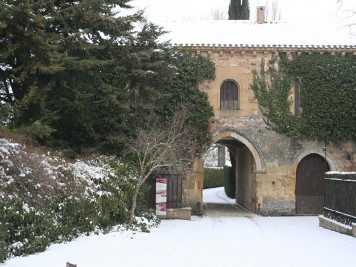
SAN POLO MONASTERY
In a bucolic environment, on the left bank of river Duero, we can find this Templar settlement, that together with the hospital Order of San Juan de Duero, were the two military orders defending the main access to the city.
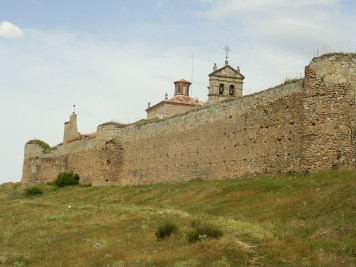
MEDIEVAL WALLS
The wall had an original length of 4,100metres, built at the end of the 7th century and partially destroyed in 1812 during the Independence War.
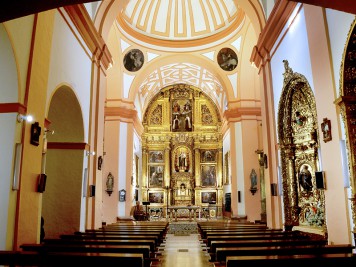
CHURCH OF EL CARMEN
Inside the building, the current Barefoot Carmelite community appart from the hazelnut tree, preserve original fragments of the letters writhen by Teresa de Jesús and other relics.
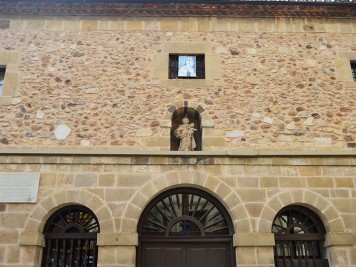
CONVENT OF EL CARMEN
The Barefoot Carmelite arrived in Soria called by the Osma bishop Don Alonso Velázquez, on the 2nd June 1581. The noble Doña Beatriz de Beaumonte, offered her house-palace fot this foundation to settle.
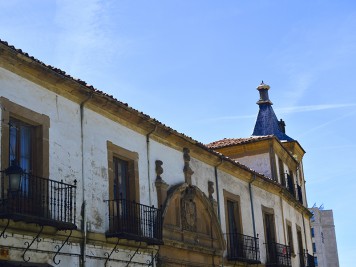
PALACE OF THE MARQUIS OF ALCÁNTARA
Built on the 16th century, by one on the families that increased his titles under the shelter of the Mesta. It protected one of the doors of the wall, the one of Rabanera, the last of the seven existing ones.
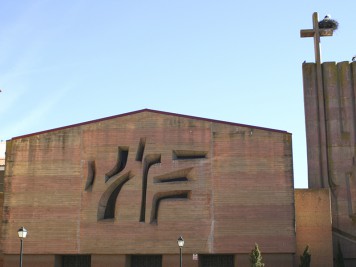
CHURCH OF EL SALVADOR
From the old church only its apse, typical from the rural Romanesque of the 12th century remains. Standing out its exterior structure, than reminds us of a French Romanesque Portal, and the big open space of its interior.
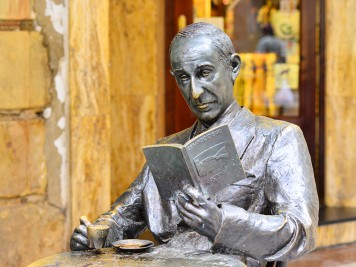
NUMANCIA FRIENDSHIP CIRCLE
Though its talks have passed names as Eduardo Saavedra, the Bécquer brothers, Antonio Machado, Gerardo Diego, Juan Antonio Gaya Nuño, Manuel Ruiz Zorrilla…
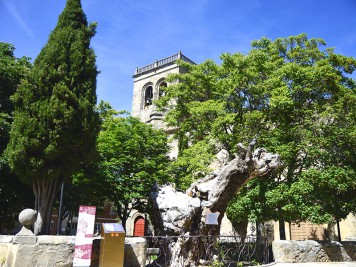
CHURCH OF EL ESPINO
Church of the patron saint of the city, the virgin of El Espino (the hawthorn). On the 19th century the French occupied the interior of this church to use it as headquarters of his troops.
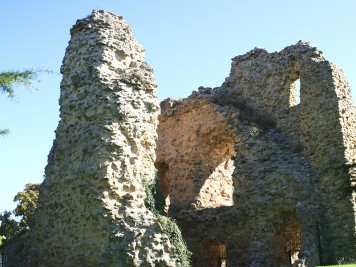
MEDIEVAL CASTLE
It is located inside the park of the same name, having all arround it a true loook out at the city, a privileged balcony where to enjoy the different panorama views.
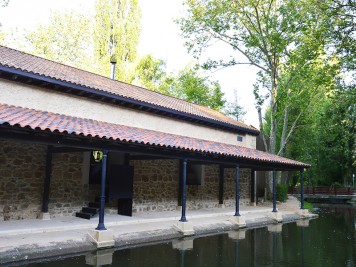
SOTOPLAYA PUBLIC LAUNDRY AND WAREHOUSE OF THE WOOL WASH
From the 15th century to the beginning of the 19th century, the province of Soria was one of the main fine wool production area of the Castile Crown. The biggest part of such wool was exported to other European countries, on which it was used to manufacture quality cloths.
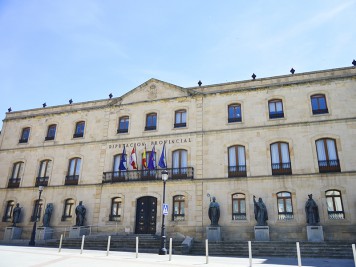
STATUES AND PALACE OF THE PROVINCIAL COUNCIL
From 1971 the palace is guarded by a compilation of bronze statues, on granite pedestals, representing 8 relevant historical characters linked to the province of Soria.
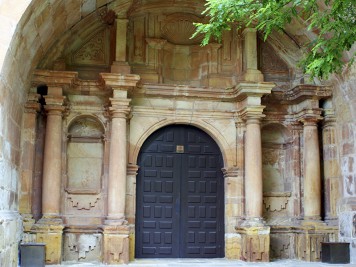
CONVENT OF LA MERCED
This distinguished building is the current Tirso de Molina Main Hall, apart from the Duques de Soria Foundation headquarters, the Hispanist Association, offices of the Romanesque Study and a University residence.
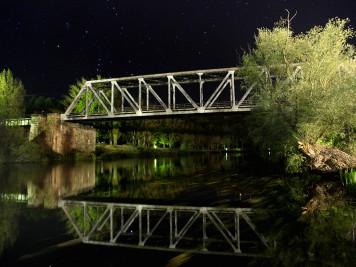
IRON BRIDGE
The bridge across river Duero of the ancient railway between Soria and Torralba built in 1929. It has a beautiful metallic structure of triangled beams with night lighting.
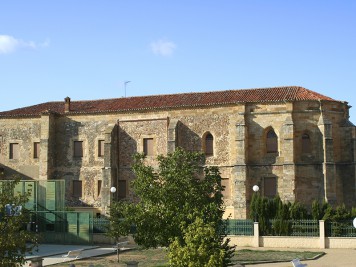
CONVENT OF SANTA CLARA
Founded at the beginning of the 13th century, in 1224. The originally Gothic-style temple later move to hands of the army who used it as headquarters, prison, and Defence Representation Department headquarters.
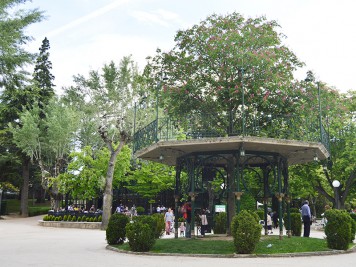
MUSIC TREE
In this place there was a big elm tree older than 300 years in the heart of the park, on which there was a stage for the musicians of the local music band. After the death of the elm tree, a horse-chestnut tree takes its place.
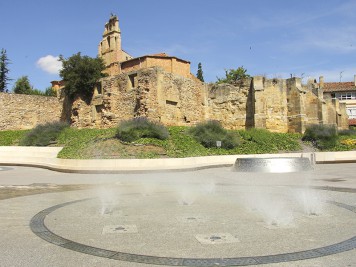
REMAINS OF THE CONVENT OF SAN FRANCISCO AND THE BÉCQUER CORNER
Its foundation is attributed to San Francisco de Asís himself in 1214 after his visit to Soria on his way to Santiago de Compostela. Behind the Convent we can find the Becquer Corner, a pleasanr pedestrian area we recommend to visit at night.
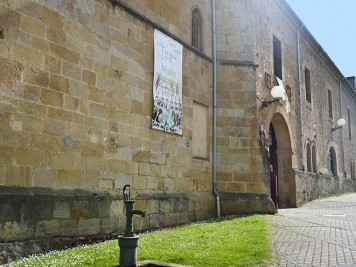
CHURCH OF SAN FRANCISCO
Its origin is is attributed to San Francisco de Asís himself. The Main Chapel currently hosts an important altarpiece by Gabriel de Pinedo of the end of the 16th century coming from the church of San Nicolas.
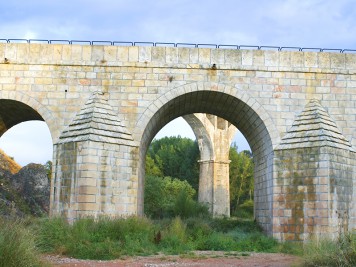
CARLOS IV BRIDGE
Baroque monument of the 18th century during the kingdom of Carlos IV with the aim to create an access to the city crossing the valley and river Golamyo.
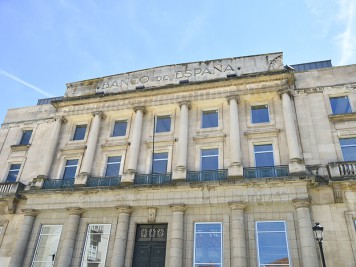
ANCIENT BANK OF SPAIN BUILDING
Surrounding the building the the Olive Tree Square, with a beautiful example of this specie and, next to it, a monument by Antonio Soria Gómez devoted to the San Juan Festivities of Soria.
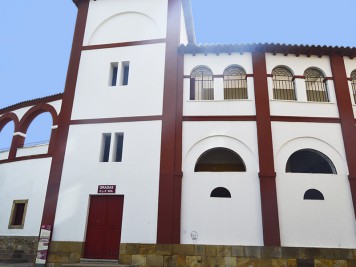
BULLRING
Opened in 1854 and later refurbished, currently hosts bullfighting events, sports events and concerts. A porch area of the building was transformed into an exhibition room.
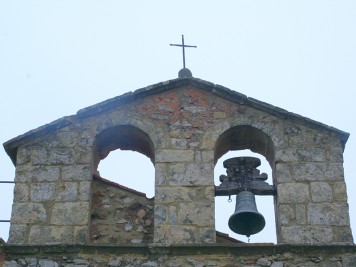
OTHER BUILDINS AND RESTS IN THE CITY
Hermitage of Santa Barbara, House of Los Salvadores, House of The Inquisition, Remains of the Church of San Ginés and remains of the Convent of San Agustin.









